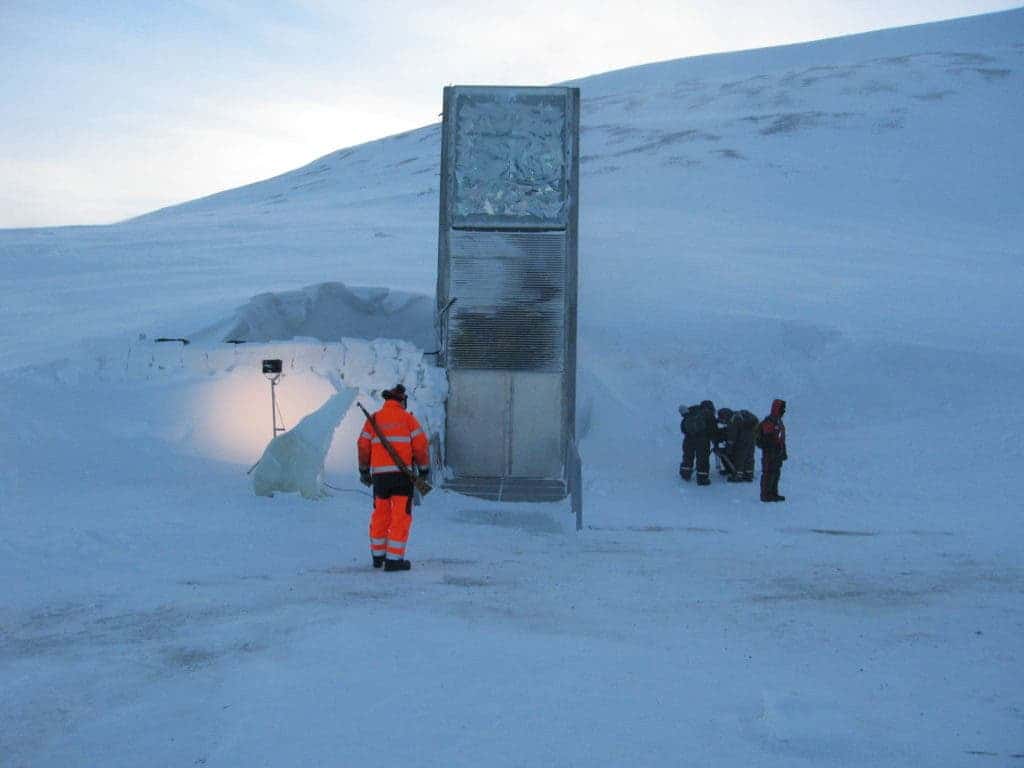In case you didn’t know, there’s a Doomsday Vault deep in the Arctic, with the purpose of making sure that if something really bad happens (as in alters society as we know it bad) we’ll still have some backup seeds so the species aren’t completely lost. It’s basically a very big plant gene bank. Now, scientists have stored a trove of new species in the vault.
The Svalbard Global Seed Vault was built to preserve a wide variety of plant seeds that are duplicate samples, or “spare” copies, of seeds held in gene banks worldwide. It’s isolated in a permafrost zone some 1,000 kilometers (620 miles) from the North Pole. The Norwegian government entirely funded the vault’s approximately 45 million kr (US$9 million) construction, while the Global Crop Diversity Trust (financed by Bill and Melinda Gates) is paying for operational costs. But the beneficiary might be the world. Already, Syrian researchers retrieved some seeds from the vault, due to the war wiping out many of its plantations.
The 50,000 new samples come from collections in Benin, India, Pakistan, Lebanon, Morocco, Netherlands, the U.S., Mexico, Bosnia and Herzegovina, Belarus and Britain. Of them, 15,000 come from a research institute an international research center that focuses on improving agriculture in dry zones. The International Center for Agriculture Research in the Dry Areas (ICARDA), previously located in Aleppo, is working to develop drought- and heat-resistant crops.
This indicates that the Vault is increasing its scope — and that’s a good thing. While a global disaster isn’t really taking shape in the foreseeable future (though you know, anything can happen), local disasters are much more prevalent. With some plantations being localized only in some parts of the world, they’re at a higher risk of being wiped out.
Speaking from Svalbard, Aly Abousabaa, the head of the International Center for Agricultural Research, said that the transportation process went smoothly, without any issues, and the Vault will contribute to “finding solutions to pressing regional and global challenges.”
“Collective efforts to conserve crop diversity and produce a global food supply for tomorrow continue to be strong,” Marie Haga, executive director of the Crop Trust, said Wednesday in a press release. “Crop diversity is a fundamental foundation for the end of hunger,” she added.
There are now a whopping 940,000 samples, from a total capacity of 5 million.










